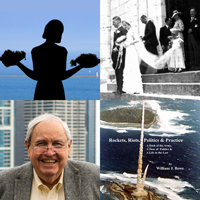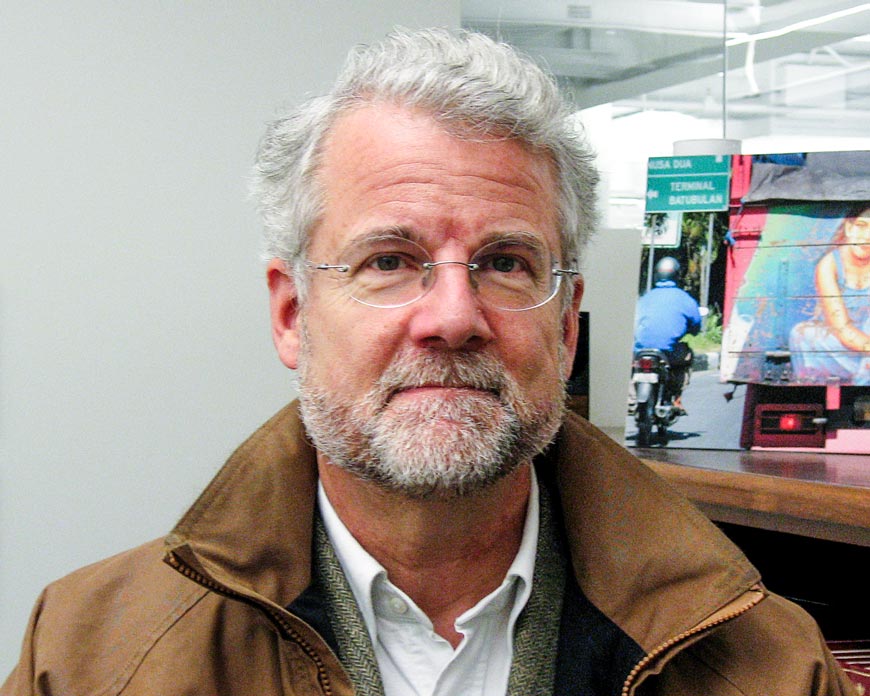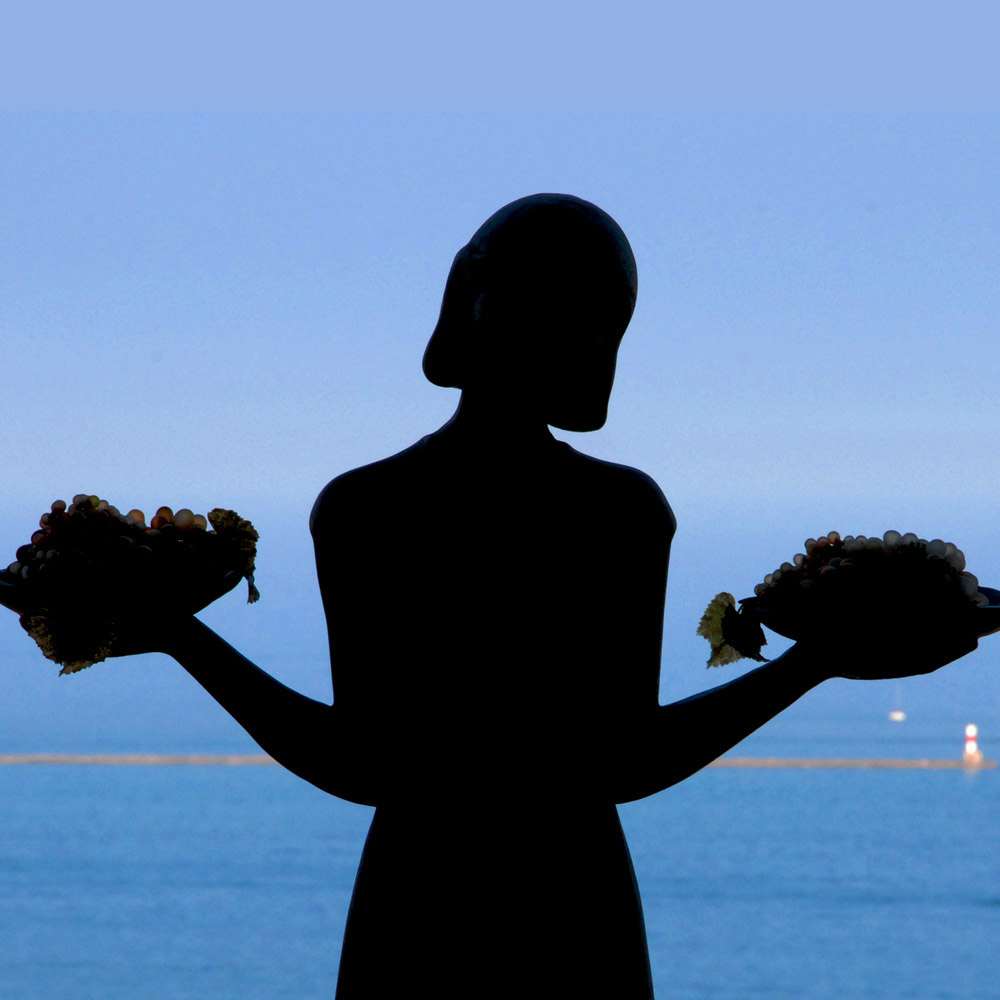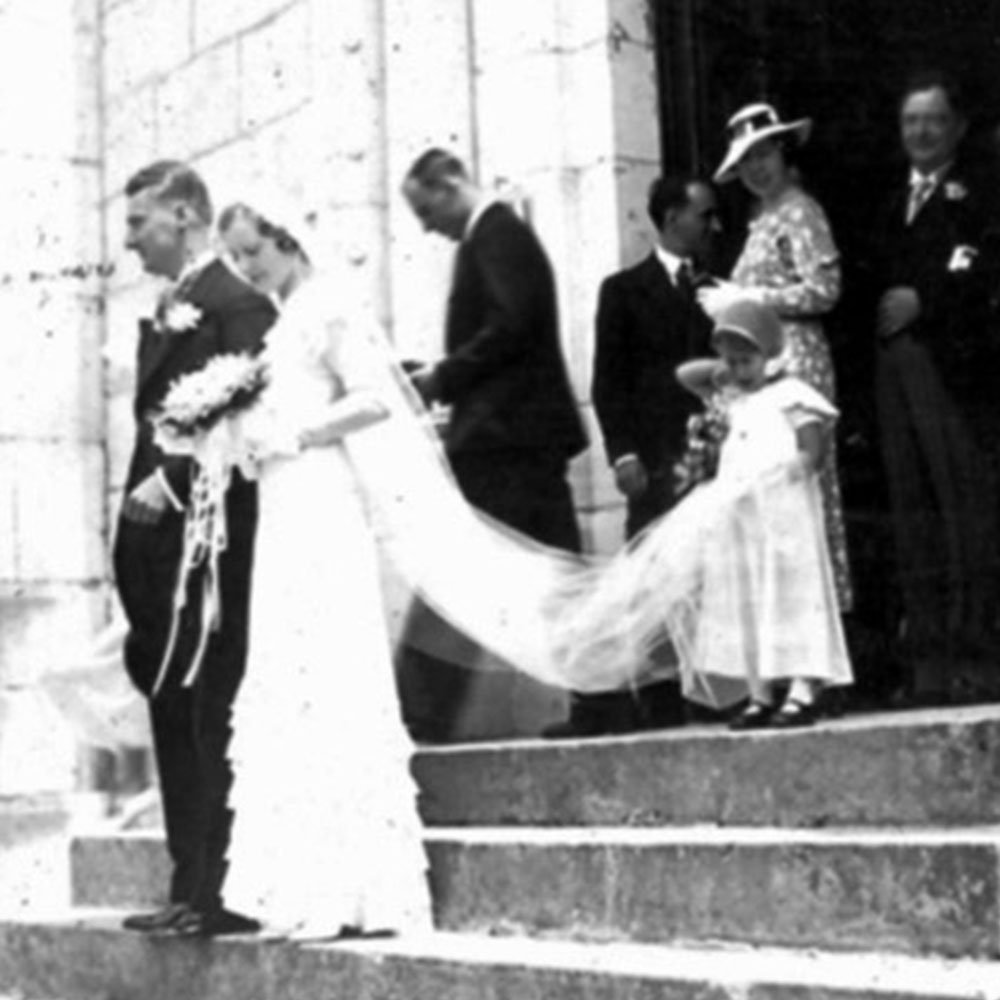2014 New Orleans to Memphis
Editor’s Note: In September 2014 my son Andy Bowe and I flew from Chicago to New Orleans. After a day in the French Quarter and a night at the Hilton on the Mississippi, we boarded the newly built Queen of the Mississippi. The Queen is a diesel powered five-deck boat with a faux paddle wheel. Our route was to head upstream on the Mississippi River to Memphis, Tennesse. Leaving New Orleans the River was quite congested and we passed plenty of barge and other river traffic as we motored north. We also found a host of petrochemical plants along this part of the Lower Mississippi River.
Our first stop was at Oak Alley, a restored 1837 antebellum mansion on the Louisiana side of the River. Access from the River to this slave-built plantation headhouse comes through an extraordinary 300-year old oak tree entrance arch, long predating the house itself. Oak Alley also gave us an introduction to the slave economy that helped lead to the Civil War.
Next the Queen tied up in Baton Rouge, Louisiana’s capital. Our first stop there was the Old State Capitol Building. Built in 1847 and now a museum, its distinctive cast iron crenellated battlements and turrets was abandoned when Governor Huey P. Long got the 46-story New State Capitol Building built in 1932. He was a U.S. Senator and national figure when he was assassinated in the new Capitol in 1935.
We also travelled by bus north from Baton Rouge to the pre-Civil War Rosedown Plantation in nearby St. Francisville. Like Oak Alley, it was also dependent on slave labor before the Civil War. The 1834 mansion was furnished with imports from the North and Europe, much of which was still in place.
Then it was on to Natchez, Mississippi. When cotton was king before the Civil War, Natchez had more millionaires per capita than any other city. Construction there on the Longwood Mansion began in 1860. The unfinished house is now a National Historic Landmark. The mansion is has 30,000 square feet of floor space, but only the first of six floors were finished. The Civil War changed everything and permanently halted construction. Natchez also has an historic district filled with antebellum architectural treasures.
At our next stop we were reminded of the magnitude of the Civil War tragedy at the Vicksburg National Military Park. While preserving a critical Civil War battlefield, its cemetery, where 17,000 dead are buried, has the largest internment of Civil War dead in the nation. Over 36,000 of the 70,000 Union troops in the Vicksburg battle came from Illinois. The 1906 Illinois monument is the most prominent of the State Monuments and was designed by Civil War engineer and architect William Le Baron Jenny. In size and detail it overshadows all of the other state memorial buildings there.
Finally, we arrived in Memphis, Tennessee. We took in the National Civil Rights Museum at the Lorraine Motel, where Dr. Martin Luther King, Jr. was assassinated, B.B. King’s Beale Street, the famous marching ducks at the Peabody Hotel, the historic recording studio Sun Records, and finally Elvis Presley’s home of Graceland. Unfortunately, by the time Andy and I arrived at Graceland, Elvis had left the building for good.
After confirming that reports of Elvis being alive were “fake news,” Andy and I said good by to the Mississippi River and flew home to Chicago from Memphis.









